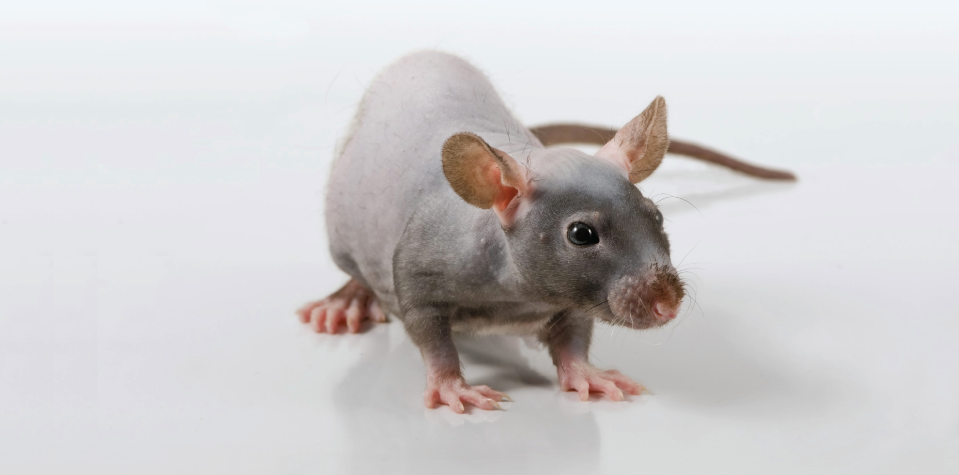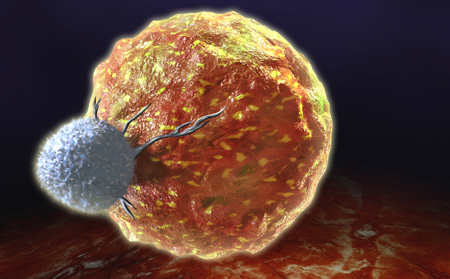About the White Paper:
CRISPR/Cas9 gene editing has revolutionized the generation of genetically engineered mouse and rat models — providing options for both speeding and simplifying the path to production of many different types of mutations.
In many cases, CRISPR/Cas9 gene editing is a relatively simple and cost-effective alternative to gene targeting in embryonic stem (ES) cells. For this reason, it has quickly become one of the leading technologies used for model development. And with the ability to install precise genetic mutations, it is used to produce a wide range of models valuable for both basic and translational research.
This white paper explores how CRISPR/Cas9 gene editing works, its advantages and disadvantages, and the process Taconic employs for custom model generation projects.
















.jpg)

.jpg)
.jpg)
.jpg)
.jpg)





.jpg)


.jpg)
.jpg)




.jpg)




.jpg)

.jpg)





